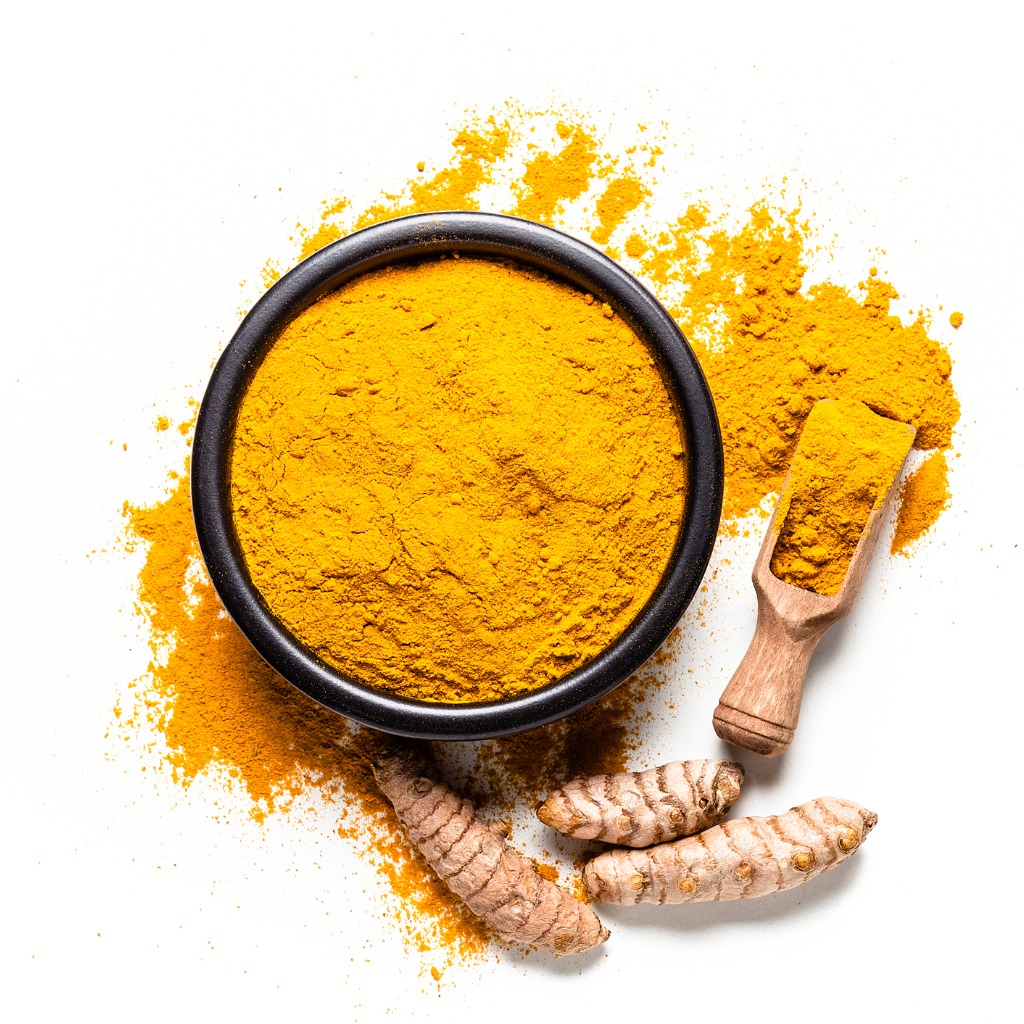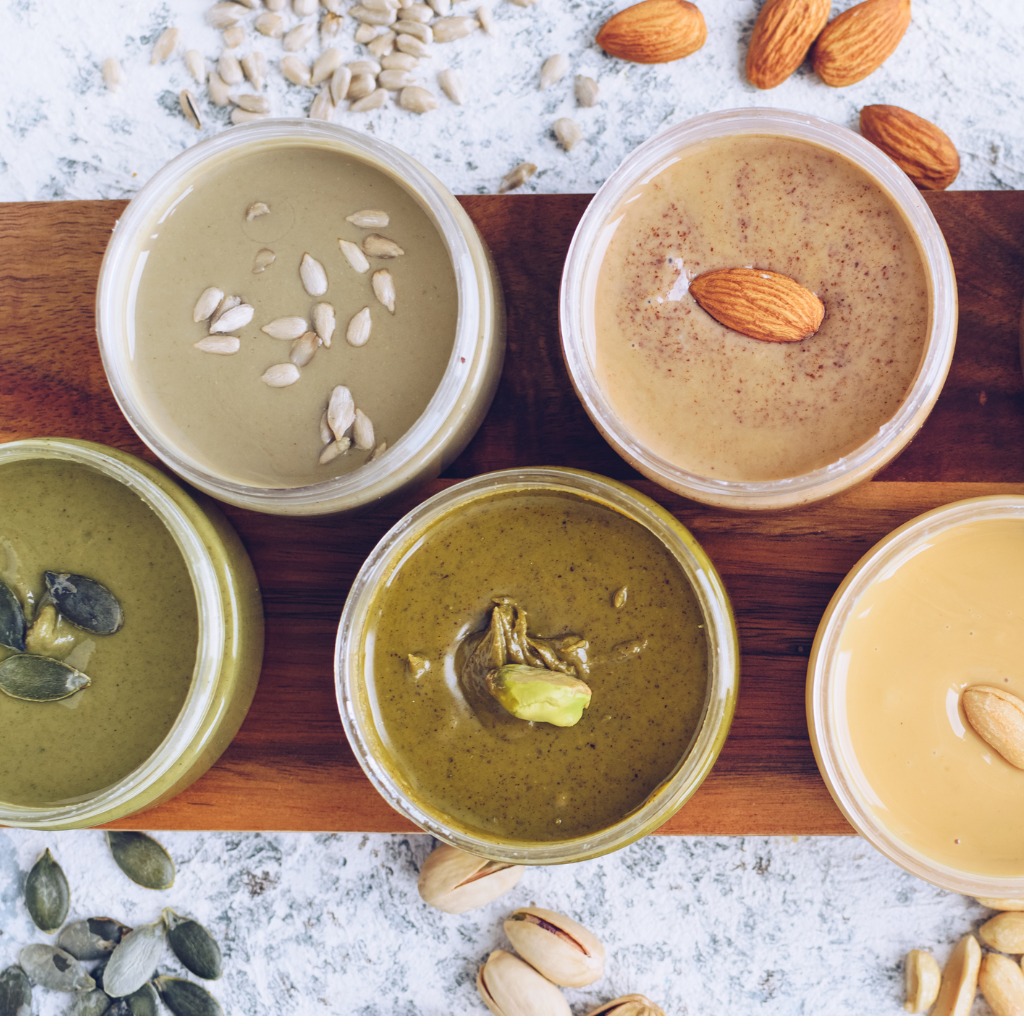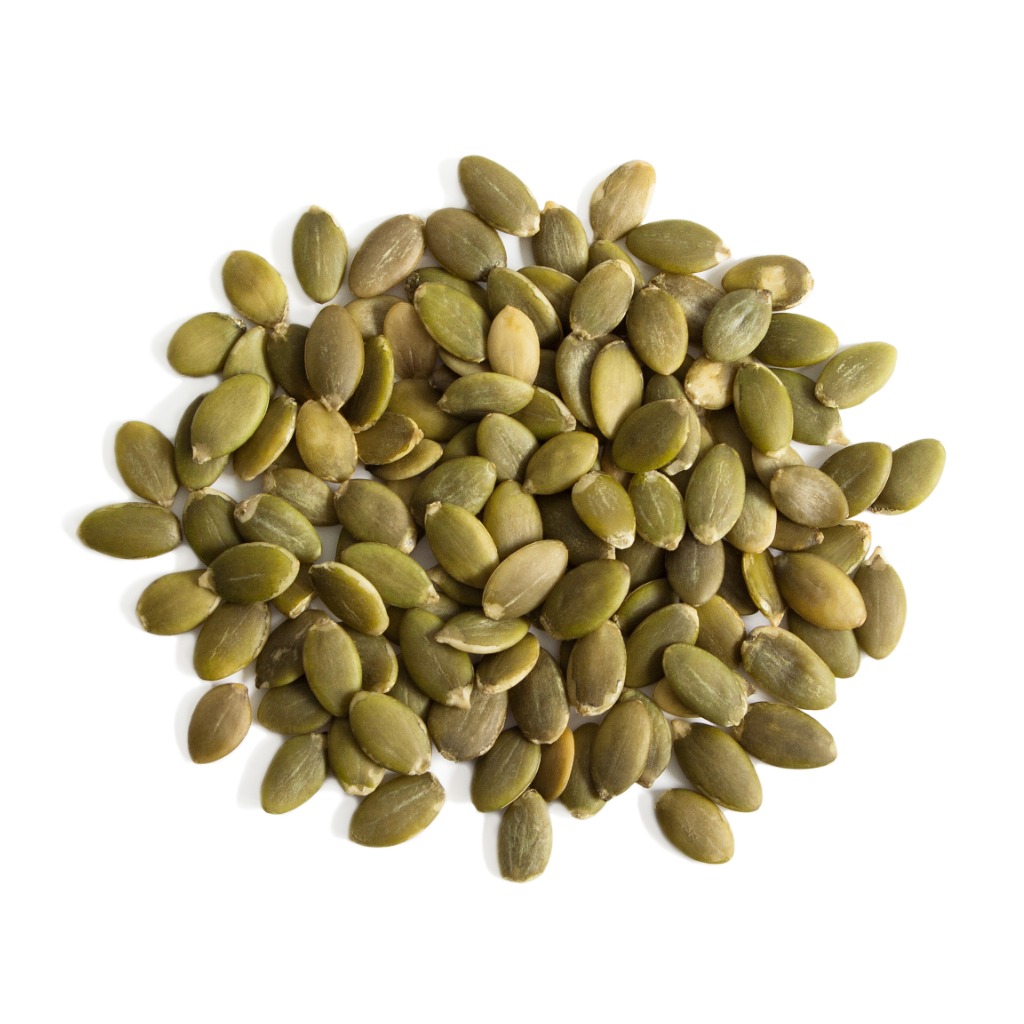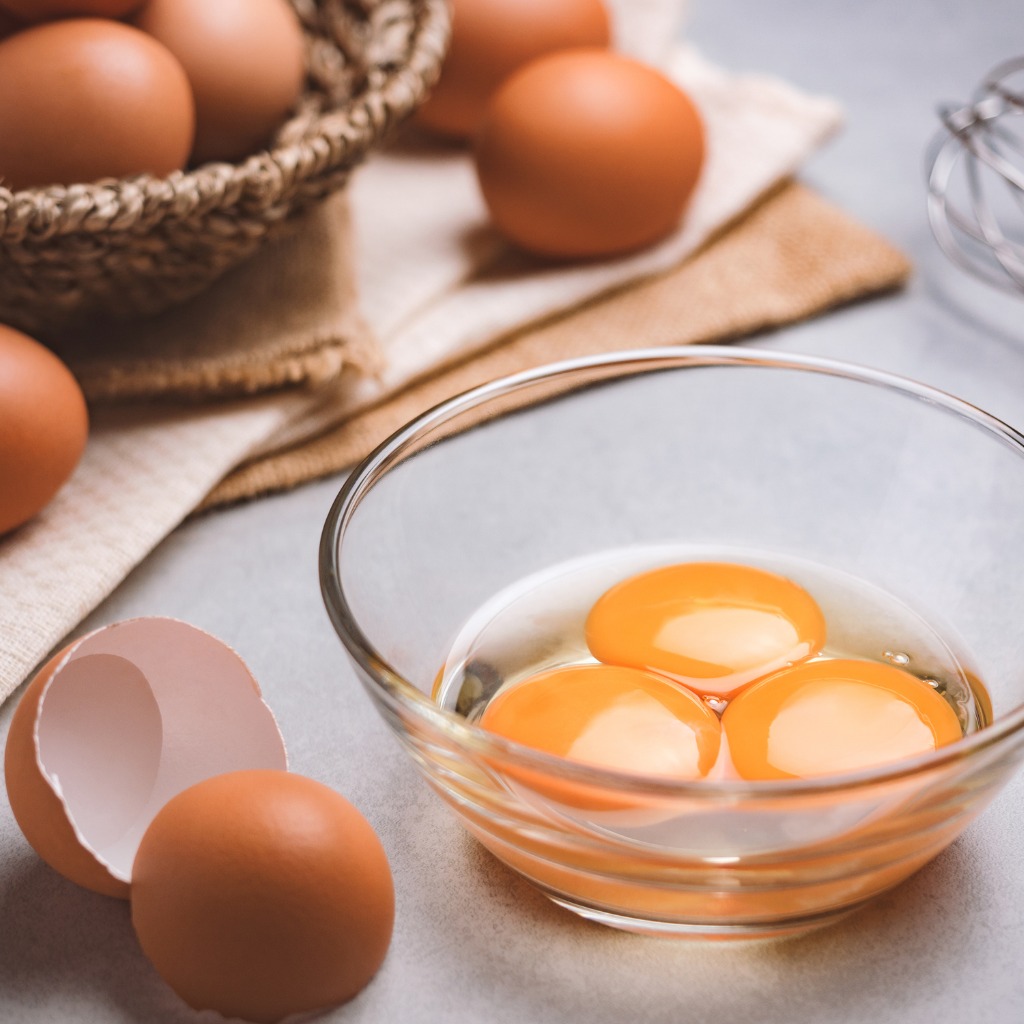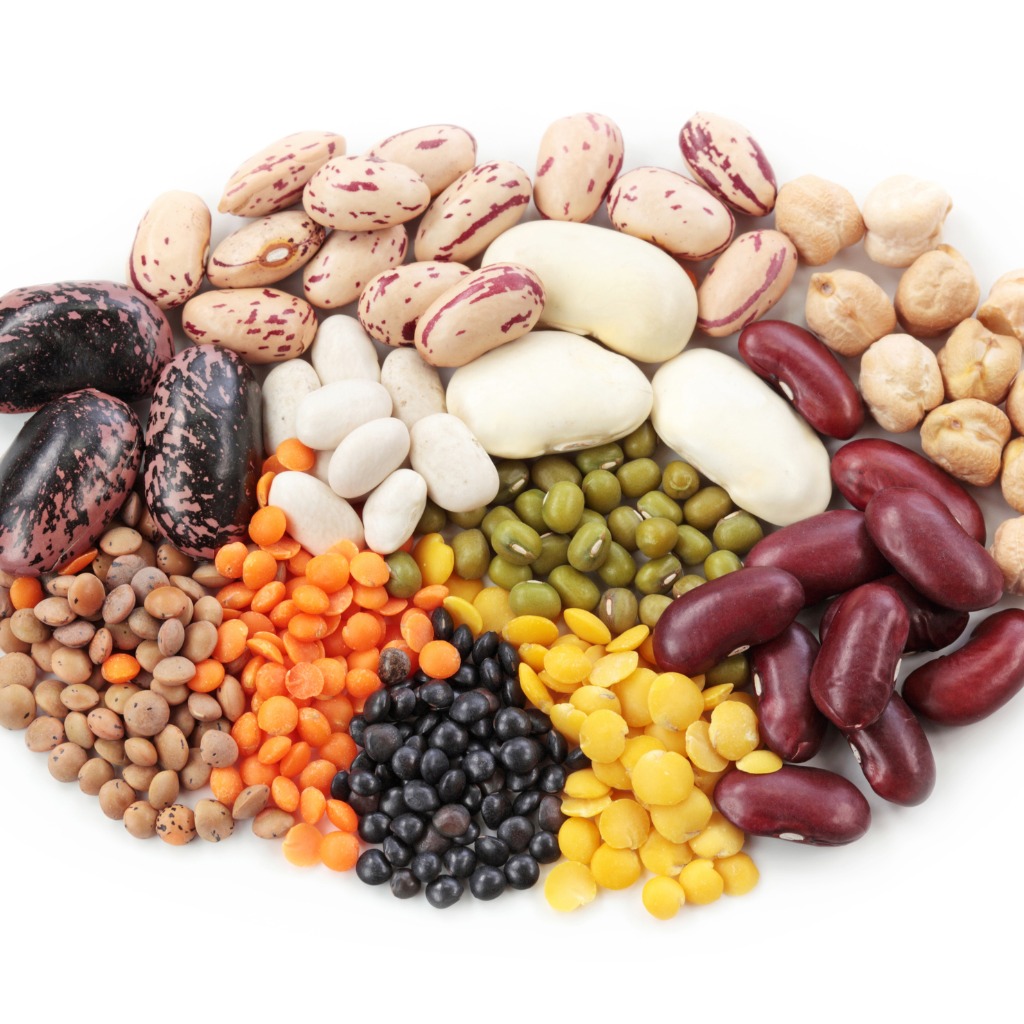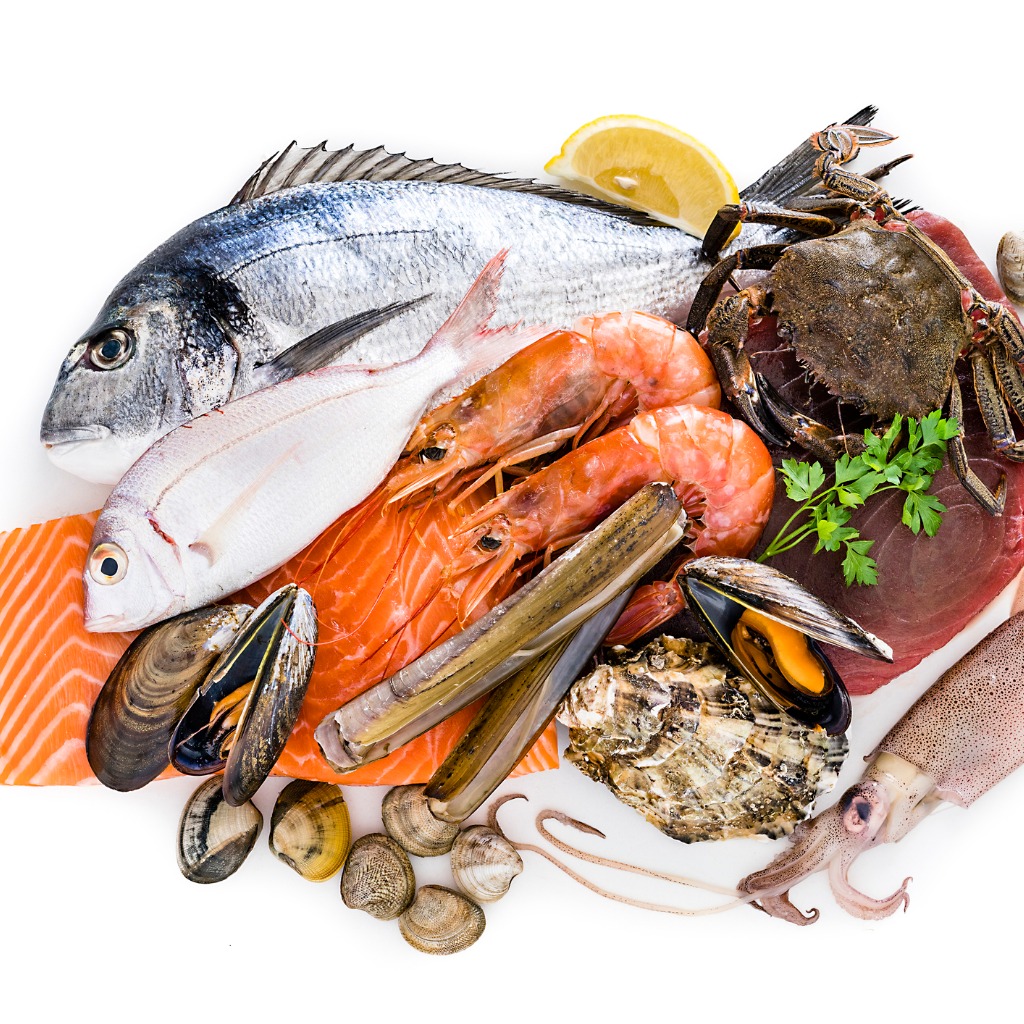Top 10 Ways To Prevent Nerve Damage For Diabetics
Nerve damage, also known as neuropathy, is very common in those suffering from diabetes.
It’s becoming increasingly common, and the National Institute of Neurological Disorders and Stroke says that diabetes is the number one cause for nerve damage…
In fact, as many as 50% of those with diabetes are dealing with his painful condition.
When blood sugar levels are not controlled for an extended period of time, it can damage the nerves.
This causes a sensation similar to electric shocks, pins and needles, and even numbness….
…Which is usually present within the feet, legs and hands.
Nerve damage usually develops over the course of many years, and can have a massive impact on your health, restricting you from living your best life.
But what if you could help to prevent nerve damage?
What if you could make some adjustments in your lifestyle, to lessen your chances of developing this painful condition?
If you want to take control of your diabetes, and improve your health, and reduce your chances of developing nerve damage…
…Then this video is for you.
Today, we’re exploring the Top 10 Ways To Prevent Nerve Damage For Diabetics.
Some of these might shock you, in particular number 3 on the list may not have been something you would think can help to prevent nerve damage, and may come as quite a surprise…
But know that what you discover today has been extensively researched and backed by facts…
…So you can rest assured you’re getting only the best information to support you on your health journey.
Plus, coming up, we’ll tell you how you can get 2 FREE GIFTS:
The “10 Incredible Foods That Reduce Blood Sugar” eBook, AND the 1 hour documetary- “The Scary Truth About Sugar”.
These gifts are all yours, completely free of charge. Stay tuned to find out how you can get your hands on them!
For now, let’s get started on our list of Top 10 Ways To Prevent Nerve Damage For Diabetics, starting with:
Number 10: Meditation
Mediating is a fantastic way to lower stress levels and help us to relax and unwind.
It’s becoming more and more common to mediate, and with the range of health benefits, it's clear why.
It can help you to be more self aware, focused, patient, and overall feel more balanced.
How does meditating help those with diabetes?
Well, it’s useful for diabetics due to how it helps reduce stress levels.
In fact, studies have shown us that mediating can assist with stress by lowering your blood pressure and slowing down the rate, thus putting us into a relaxed state.
And having a lower stress response, means you are more likely to have controlled blood sugar levels…
…Making it a fantastic tool that should be utilized for those wanting to ensure their diabetes is under control.
Plus, meditation can be helpful with your diet, too.
With practice, medication can help you to slow down and think through before you take action.
For example, when you’re in a better frame of mind, it is easier to make better food choices.
You’ll also have reduced stress which in result will help you to have the desire to do better for your body, in the present and future.
Meditation doesn’t have to be everyday, and you can start small and build it up. Ensure you are in a quiet undisturbed place where you can truly unwind.
And if you’re really unsure where to start, there’s a large range of free guided meditations on the internet that you may find useful.
Why not give mediation a try, annd notice how your body feels and reacts. It’s so simple, yet has some amazing benefits.
Moving on to:
Number 9: Look After Your Feet
This may not be what you expected to see on this list, but looking after your feet is important if you’re suffering from diabetes.
Issues with the feet are much more common, but can be prevented with some extra care.
Poor circulation is common for diabetics sufferers.
Plus, healing can be a lot slower, due to blood flow being reduced.
This means the risk of infection is higher, and can cause some pretty serious complications.
Nerves to the feet are the most common area to be at risk. So what can you do to help prevent nerve damage and protect your feet?
Here are some helpful tips:
- Where fitting and comfortable shoes
- Check your feet every day for any pain, swelling and blisters. Keep your feet clean
- Keep the blood flowing by standing up and moving around often, and wiggle your toes every so often if sitting down for long periods
- Take note of any early signs of nerve damage, such as numbing or tingling feeling to the feet, and most importantly, mention this to your doctor
Make an effort to look after your feet every single day, and seek medical advice if you need additional support or have any concerns.
Okay, quick challenge time…
Can you fill in the blank?
“Add [blank] to your diet” …. What do you think this could be?
All will be revealed at number 3 on our list, so stay tuned to find out what it is.
Next up on our list of the Top 10 Ways To Prevent Nerve Damage For Diabetics is:
Number 8: Regularly Test Your Blood Sugar Levels
The most important thing to prevent your diabetes from developing and potentially resulting in nerve damage, is to keep your blood glucose levels under control.
And if you’re not regularly checking your levels, it may be hard to identify how your body is reacting to certain foods and drinks that you consume.
You MUST know what causes your blood sugar to spike.
For some diabetics, a small amount of carbohydrates or a glass of wine may spike the levels dramatically.
…For others, it may not have such a large effect.
Many people with diabetes believe they “feel fine’’ and don't feel their symptoms are worsening, so they don't check their blood glucose levels often.
When really, their condition may be slowly developing, and gradually creeping out of control.
And when you’re able to learn what triggers a spike, you can make better decisions on what is right for your body.
How often you need to test will be different for each individual.
However, it would be wise to test daily, or not several times a day, at least until you can see how your glucose levels rise and fall.
Ultimately, keeping your blood sugar levels in a healthy range is vital.
And knowledge is power…So don't disregard the importance of testing your blood sugar levels.
Before we continue, we want to give you 2 FREE gifts:
The “10 Incredible Foods That Reduce Blood Sugar” eBook, AND the 1 hour documetary- “The Scary Truth About Sugar”.
These gifts will provide you with some amazing information that you’re sure to find incredibly valuable…
Just click on the link in the description below, and they are all yours!
Okay moving on to:
Number 7: Consume Omega 3 Fatty Acids
Omega 3’s has some amazing properties for your body and your brain. The list of what it can do for your body is incredible.
This powerful fatty acid has a range of health benefits…
It is a strong anti-inflammatory, helps to fight Alzheimer's disease, and improves joint health.
It’s also believed that it can reduce your risk of developing heart disease.
This is because omega 3’s can help regulate blood pressure, assist to reduce triglycerides, and help to prevent harmful blood clots.
If that wasn’t amazing enough, there’s more…
It actually has the ability to prevent and repair cells.
Research from the University of London found that Omega 3 fatty acids (which are found in fish oil) not only have the ability to protect our nerves, they may be able to restore damaged nerves.
The human body cannot produce Omega- 3 on its own, so it needs to be consumed through our diet or supplementation.
Some examples of foods that are high in omega 3 fatty acids are: Mackerel, salmon and oysters.
Not a fan of fish? Don't worry…we’ve got you covered
Chia seeds, walnuts and soybean are also high in Omega 3s.
You can also purchase supplements, such as fish oil, to reach your requirements, just make sure you are purchasing from a reputable source.
Next up on our list of the Top 10 Ways To Prevent Nerve Damage For Diabetics, is:
Number 6: Acupuncture
Acupuncture is when very small needles are inserted into various pressure points throughout the body to treat many ailments.
It originated in China, and it dates back in history to 2500 BC, and to date, is a popular form of natural medicine.
Acupuncture is thought to help the flow of energy within the body, to increase healing, and treat various other health conditions.
Did you know that studies have indicated that acupuncture can be effective for diabetics?
Acupuncture can assist in managing diabetes by reducing inflammation, reducing weight, and may even manage blood glucose levels.
One particular and well-studied technique is called the wrist-ankle treatment.
This is commonly used for those with diabetes, and those suffering from nerve damage.
This technique can improve the blood sugar and lipid levels in the body, and assist with improving nerve cells, making it very beneficial for diabetes sufferers.
Have you used acupuncture as a natural alternative?
What effect did it have for you? Tell us in the comments below!
Next on our list :
Number 5: Stop Smoking
Smoking has a negative effect on our entire bodies, and I think that we all know it is bad for our health and wellbeing.
If you’re a diabetic and you smoke, it will be more difficult to control your blood sugar levels.
This is due to a few reasons…
The main reason is because the nicotine found in cigarettes makes it more difficult for your body to react to insulin.
Plus, it is damaging to your cells, which can cause inflammation in the body.
Uncontrolled diabetes and smoking is a bad mix, and is very damaging to the body.
The pair increase your risk of more than just nerve damage too...
You’ll also be increasing your chances of heart disease and stroke, compared to someone who has just diabetes alone.
So smoking while having diabetes is really just adding fuel to the fire.
…But the benefits of quitting are HUGE.
If you can stop smoking, you’ll be decreasing your risk of developing nerve damage, plus decreasing your risk of life-threatening illnesses that are associated with smoking, such as: cancer, stroke, and lung disease.
No one said quitting smoking would be easy, though. Making the decision to stop for your health is the first step.
Make sure you look into your options, and seek medical advice from your doctor, to know what support you have.
You’ll be greatly improving your health, and your body will love you for it.
Don’t forget: You have 2 free gifts waiting for you…
Simply click on the link in the descriptions below to claim them now!
Let’s continue on our list Top 10 Ways To Prevent Nerve Damage For Diabetics, with:
Number 4: Control Your Blood Sugar With A Healthy Diet
Nerve damage can occur when diabetics have not controlled their blood sugar levels for some time.
And one way that you can keep your blood sugar levels in check is by having a healthy diet.
Eating well should be a large focus for anyone suffering with diabetes.
A healthy diet helps you to feel great each day by providing you with energy, but also helps to prevent diabetes developing and becoming more serious with time…
…and potentially resulting in painful conditions such as nerve damage.
Did you know that increasing your vitamin B will help to prevent nerve damage?
Studies have found that B vitamins can repair and regenerate nerve function, and also reduce pain and inflammation.
You can ensure your body is consuming enough of these all-important nutrients by eating a healthy diet.
Foods high in B Vitamins are: Salmon, milk, eggs, leafy greens and legumes, just to name a few.
So what does a healthy diet that is fantastic for diabetics look like? Here are the basics:
- A diet high in fresh fruit and vegetables is a great start, and easting 3-5 servings per day is ideal.
- Protein is another important component, and you should aim to consume 1-2 servings per day. This may be lean meat, fish, eggs, and nuts.
- Consume 2-3 servings of low fat dairy per day such as cottage cheese, milk and natural yoghurt.
- Be sensible when it comes to eating foods high in carbohydrates. This is because carbohydrates will cause your blood sugar levels to rise.
- Choose healthy carbohydrates such as legumes, brown rice and wholemeal pasta.
- And lastly, avoid or limit sugary foods such as soda, dried fruit, and sweet desserts.
Making healthy choices is so important, and is vital for those wanting to control and improve the symptoms relating to diabetes.
If you do not take control of your diet and eat well, then nerve damage could become a future complication.
Next on the list is:
Number 3: Add Turmeric To Your Diet
This vibrant orange-yellow spice has been used for thousands of years primarily in India, for its use in food as well as its medicinal benefits.
It is commonly used for treating skin conditions, improving digestion, and improving joints.
Turmeric has an anti-inflammatory effect on the body, and is an excellent antioxidant, making it excellent for diabetics.
But did you know this powerful spice that actually has scientifically proven health benefits?
What makes it so potent is the active component present in turmeric, called curcumin.
And studies have shown that curcumin may reduce your risk of heart disease. It is thought that curcumin does this by improving the lining of your blood vessels.
Turmeric has been proven to do more than help protect your heart too.
Did you know that scientists have found that it also can improve your memory, treat arthritis, and help to treat depression?
It really is a powerful spice that can have some amazing effects on the body.
Adding turmeric to your diet can do so much for your health, helping to lessen the effects of diabetes.
And if you can reduce the effects and improve your overall health and wellbeing, you’ll be helping your body to return to better health, and avoid the chances of developing nerve damage.
Next up is:
Number 2: Limit Alcohol
While you don’t have to stop drinking alcohol all together, limiting how much you drink is extremely wise if you want to decrease your chances of developing nerve damage.
Consuming alcohol has a strong effect on diabetes sufferers, as it can have an impact on blood sugar levels.
And if you’re taking insulin to manage your diabetes, consuming too much alcohol can seriously decrease the effectiveness of the medication.
How? Because it can cause your blood glucose levels to lower to a dangerous level for up to 24 hours after drinking.
This means the body is not working as hard to maintain blood sugar levels, making it very dangerous for diabetics.
Their blood sugar may be lower, and they are unaware of this.
They may feel tired, dizzy, and even have lack of coordination, but put this down to the alcohol, and unaware that they actually have low blood sugar levels.
Plus, if you already have nerve damage, then drinking alcohol can make the pain much worse.
If you’re diabetic and enjoy drinking occasionally, follow these guidelines to reduce your chances of nerve damage from occurring:
- Drink alcoholic beverages with food. This will help to slow down the absorption of alcohol into your bloodstream
- Do your best to have several alcohol-free days per week, to give your body a break
- Try lower alcohol beverages such as light beer
- Drink plenty of water before, during, and after drinking alcohol
Drinking alcohol affects the entire body. And while the alcohol remains in your body, it will be affecting your blood sugar levels.
So if you want to reduce your chances of developing nerve damage, always drink responsibly and understand that drinking while diabetic has its risks.
We’ve made it to number one on our list of the Top 10 Ways To Prevent Nerve Damage For Diabetics.
Do you have any idea what it could be?
Let’s move on to find out what it is…
Number 1: Get Moving
Exercising is important for everyone. It has a range of health benefits, and isn’t only useful to those suffering from diabetes.
Exercise can do wonders for our body and mind such as improving our mental health, lower blood pressure, and strengthen muscles, just to name a few.
Studies have found that both aerobic exercise and resistance training to be very effective at lowering insulin for those with diabetes.
Exercise can help to lower your blood sugar levels by up to 24 hours, so it’s an excellent way to help manage diabetes and prevent nerve damage.
According to the American Diabetes Association, getting at least 150 minutes of exercise per week is best.
So when is the best time to exercise?
Find the right time that works for your schedule. Any amount of exercise is going to be great for your body, so don’t disregard a short stroll around the block.
However, if you really want to reap the benefits, exercising 1-3 hours after you’ve eaten eating will be the most beneficial.
A study published by the journal Frontiers in Endocrinology found that glucose levels are at their highest point within 90 minutes after a meal.
So, if you use the guideline of 1-3 hours post meal, you’ll be doing your body a massive favor and helping to lower your glucose levels.
As for what type of exercise is best, do what you enjoy the most. If you don’t engage in exercise a lot, walking is a fantastic place to start.
Swimming, Pilates, weight training and group sports are some other great options.
It doesn’t have to be strenuous, and light to moderate intensity is perfectly fine, and will still have a positive impact on the body.
And there you have it - The Top 10 Ways To Prevent Nerve Damage For Diabetics.
If you enjoyed this video, please click the ‘like’ button, and subscribe to our channel for more informative videos to help you on your journey to managing diabetes.
And don’t forget, you have 2 FREE GIFTS:
The “10 Incredible Foods That Reduce Blood Sugar” eBook, AND the 1 hour documetary- “The Scary Truth About Sugar”.
Simply click the link in the description below to claim your gifts now.
Thanks for watching, and we’ll see you in the next video!

